Sprout Yarn Scarf
/Friends and customers told me that I should start carrying sock yarns so last winter I chose a few special yarns. One is Sprout, a fingering weight superwash Merino yarn that is dyed and marketed by The Fiber Seed, the business name of a delightful couple who live in Florida.
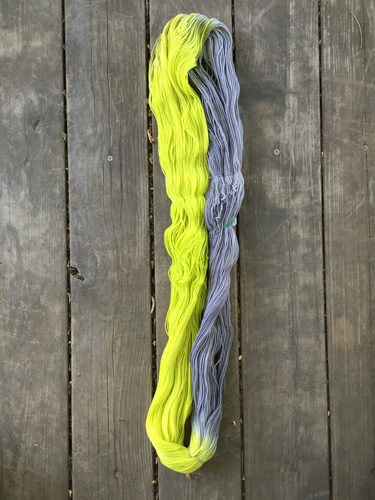
This colorway is called Quicksilver and is dyed in one of several dye patterns they use.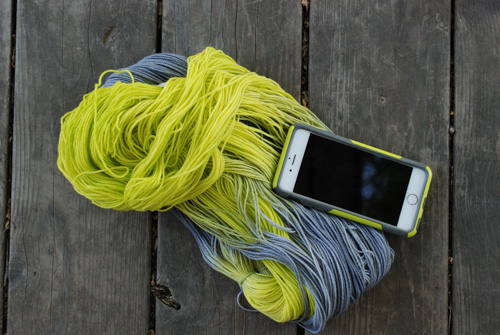
Chris saw me photographing this and commented that I was going to weave something to match my cell phone.
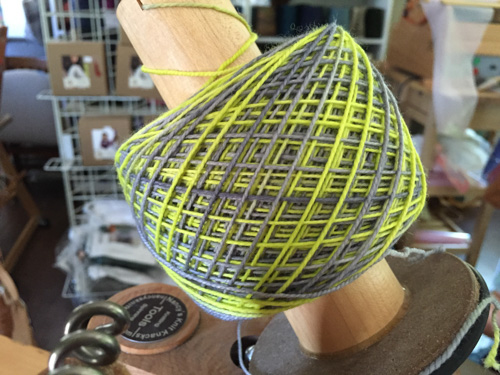
Here is what it looks like after winding into a ball.
Too many people think that you can't using "knitting yarns" for weaving and vice-versa. To me, yarn is yarn. This yarn is very stretchy and you need to plan for that from the start. I measured the warp on my warping frame under a light tension, also taking time to match up the color repeat. That way I have a warp where the colors don't mix, but move from yellow to gray and repeat (which you will see in the finished piece). That may not work with every dye pattern or warp plan, but it worked perfectly for this one.
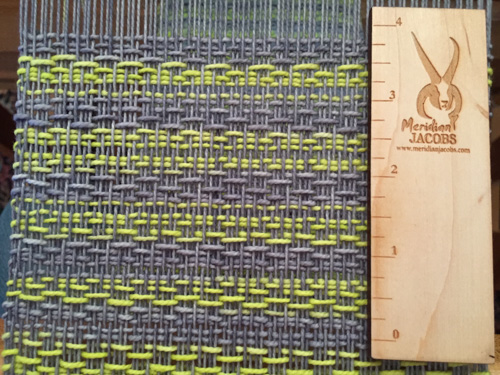
Notice how open this is. I sett the warp at 12 epi (ends per inch) and wove it with a very light beat. Beginning weavers often BEAT, instead of beat press the weft in. In this case that would completely cover up the warp and not make fabric appropriate for a scarf. This yarn is under tension and when it comes off the loom a lot of those spaces will fill in.
I could have chosen to weave this with a solid color to maximize the effect of the color movement in the warp, but one of my goals is to show what can be done using just one skein. The color repeat in the skein means that when using this yarn for weft the color changes after about every fourth weft pick. Notice also how the color changes over-ride the pattern of the weave structure. This is one of my favorite weave structures, but in this piece I used it for the drape and texture it would give the piece and not because you'd see the design it makes when I use solid yarns.
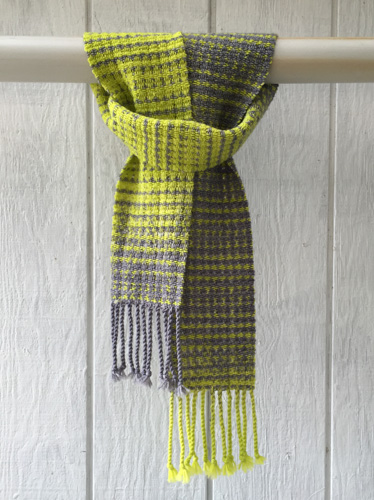
I knew this wool wouldn't "full" because the yarn is superwash, but wet finishing will still change the look of the piece. I soaked it in water, agitating as if I was fulling it. I should have taken a photo but it was late at night. After that process the scarf looked pretty awful. The yarn reverted from being lofty and squishy to long and stringy. The fringe looked bad. I laid the scarf out to dry as I usually do and it was very disappointing. Then I remembered--Superwash! I put the scarf in the dryer with a big towel. That was the answer!
This scarf is lofty, bouncy, and very soft.
Here are the stats:
On the loom: 7.25" x 81" measured under tension
Off the loom: 6" x 68" (Remember, I told you it was stretchy!)
Wet after washing: 6.25" x 72" (and not looking very good)
After drying in dryer: 5.25" x 58" Perfect!
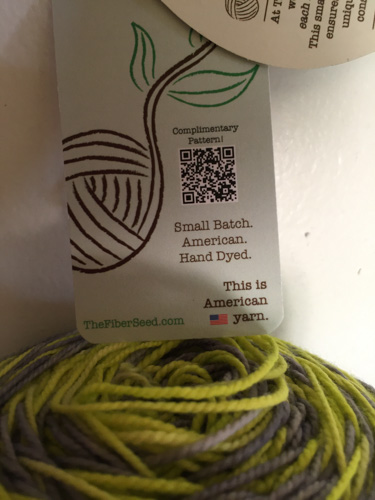
Another cool thing for you knitters is that each yarn comes with a QR code that links to a knitting pattern using the yarn.
I guess I need to get these yarns on my website, but there are so many color and dye pattern choices that will be difficult. I'll work on it. In the meantime, if you are interested you can always ask me to send photos or come to the shop.
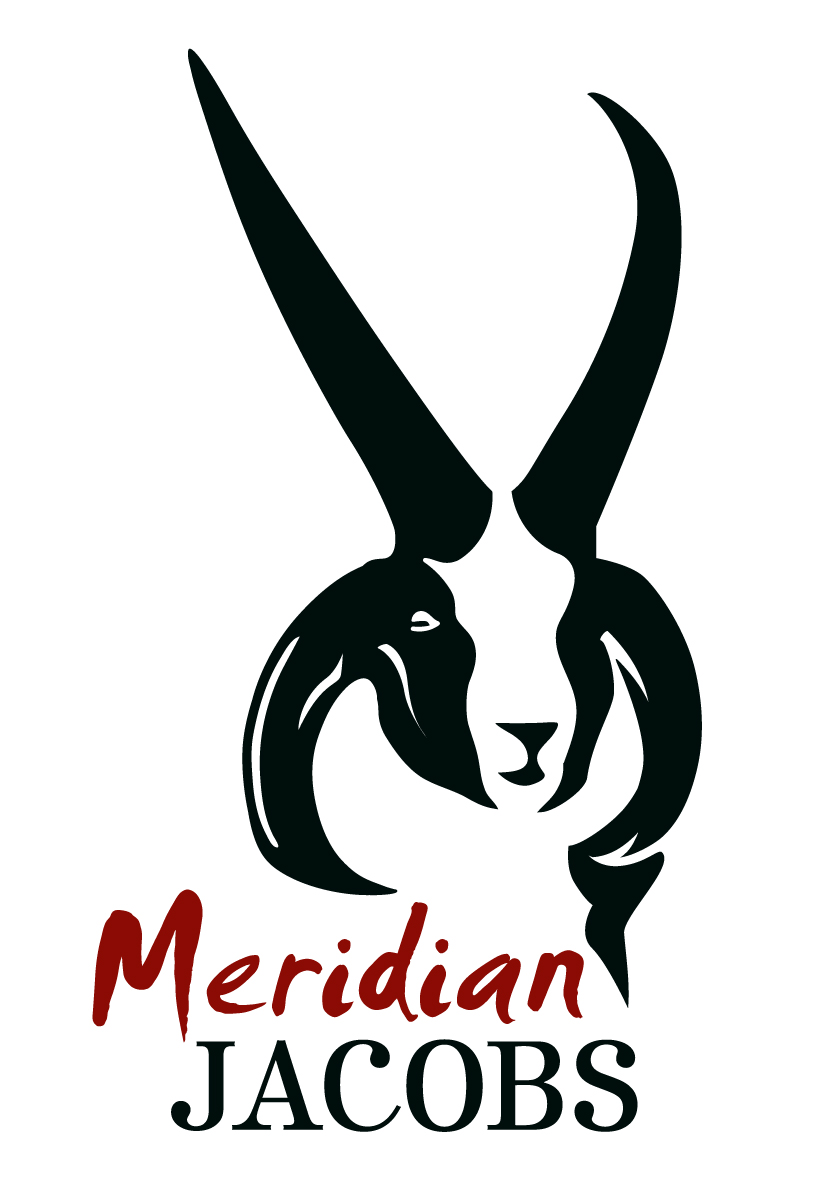
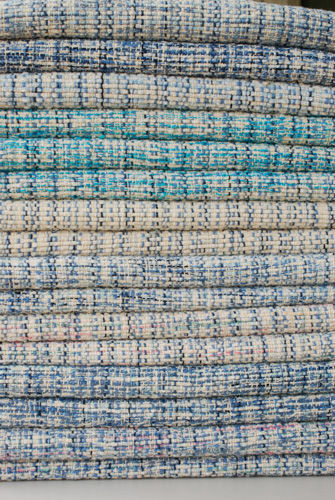
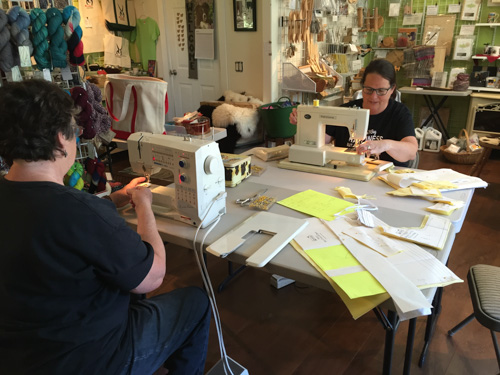
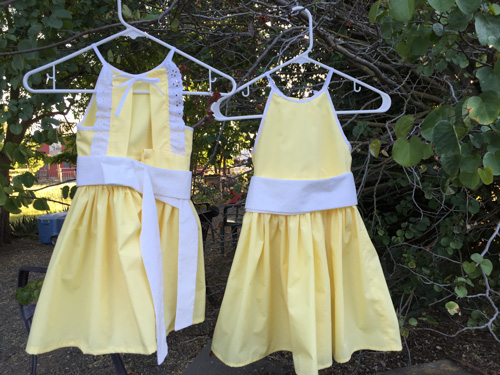
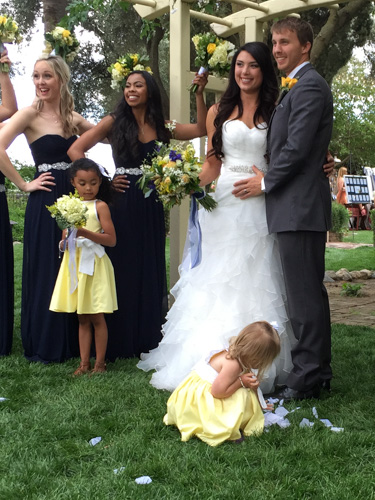
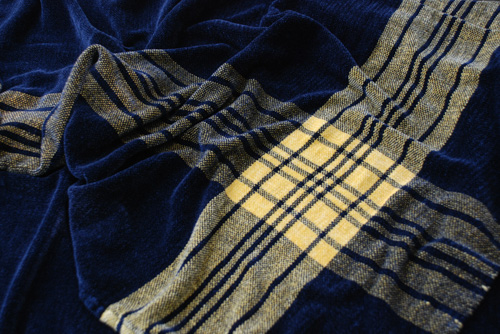
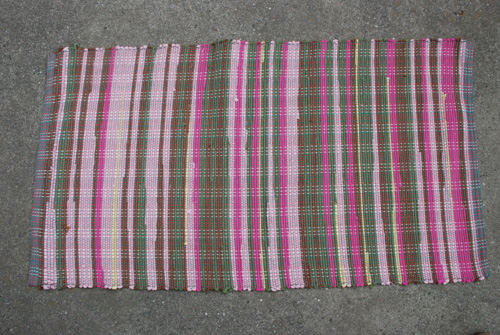
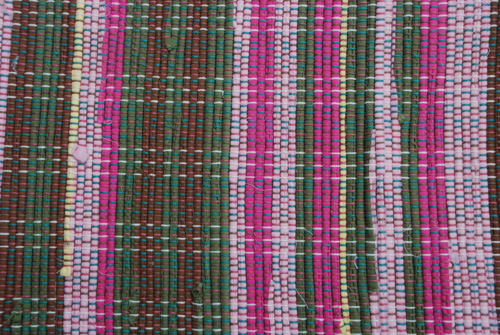
 I hadn't had a chance to do anything with it until recently. The first step was to gather some information.
I hadn't had a chance to do anything with it until recently. The first step was to gather some information. The McMorran yarn balance is one tool to do that. You trim the ends off a strand of yarn until the arm balances.
The McMorran yarn balance is one tool to do that. You trim the ends off a strand of yarn until the arm balances. Then you measure that length of yarn and multiply by 100 to get ypp (yards/pound). I repeated that a few times to get an average--1500 ypp.
Then you measure that length of yarn and multiply by 100 to get ypp (yards/pound). I repeated that a few times to get an average--1500 ypp. Another measurement is wpi (wraps/inch). This yarn measure 15 wpi. However, from past experience I know that this isn't quite accurate. Most yarn is scoured (washed) and skeined before it is sold in yarn stores. That can have a dramatic effect on the yarn. The yarn that I got from the mill on cones has not been scoured yet, so it is not really "finished".
Another measurement is wpi (wraps/inch). This yarn measure 15 wpi. However, from past experience I know that this isn't quite accurate. Most yarn is scoured (washed) and skeined before it is sold in yarn stores. That can have a dramatic effect on the yarn. The yarn that I got from the mill on cones has not been scoured yet, so it is not really "finished". Look at the difference a soak in warm water makes. Now this yarn measure 1200 ypp (which is what the specs from the mill were)...
Look at the difference a soak in warm water makes. Now this yarn measure 1200 ypp (which is what the specs from the mill were)... and it is 10 wpi. Based on those measurements I wove some samples.
and it is 10 wpi. Based on those measurements I wove some samples. These samples look pretty open on the loom...
These samples look pretty open on the loom... ...and I had to be careful to not beat the weft yarn down too much.
...and I had to be careful to not beat the weft yarn down too much. This is how the samples look off the loom. The 8 epi samples are in the top row.
This is how the samples look off the loom. The 8 epi samples are in the top row. And here is how they look after a quick wash. Dramatic difference from the loom to the finished fabric.
And here is how they look after a quick wash. Dramatic difference from the loom to the finished fabric. Here is how I had them displayed in the shop at the recent Shearing Day. The skein on the left has been washed. But these yarns aren't just for weaving. My friend, Mary, bought some, washed it, and then used it for a Mystery Knit Along. Here is the shawl she knit.
Here is how I had them displayed in the shop at the recent Shearing Day. The skein on the left has been washed. But these yarns aren't just for weaving. My friend, Mary, bought some, washed it, and then used it for a Mystery Knit Along. Here is the shawl she knit. This was knit over a few weeks with a new direction given out each week.
This was knit over a few weeks with a new direction given out each week. It is gorgeous in person and has a wonderful hand. I can't wait to get some of this yarn on the loom and get to work with it.
It is gorgeous in person and has a wonderful hand. I can't wait to get some of this yarn on the loom and get to work with it.